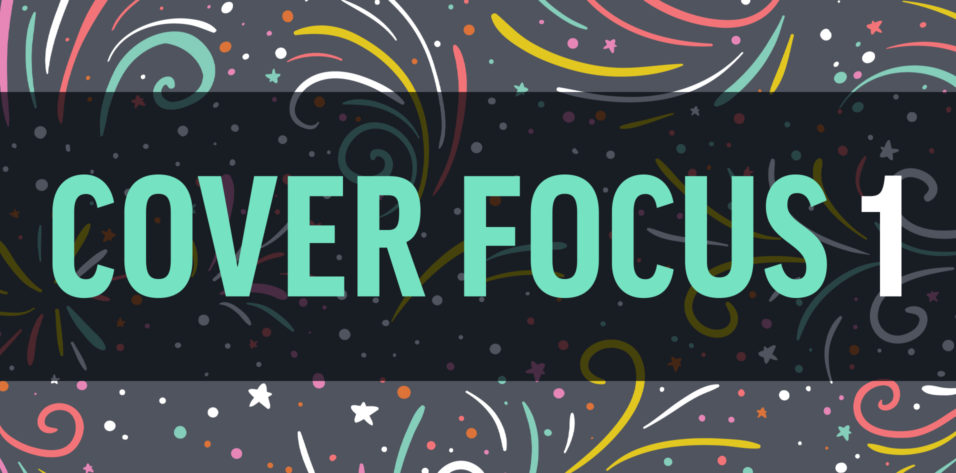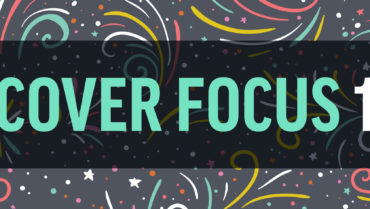Sahar Bedrood, MD, PhD
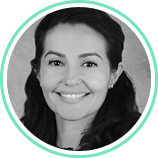
When the COVID-19 pandemic hit, a huge shift took place in all of our lives. In my life specifically, our schooling and childcare infrastructure came to a halt. As a working mother of two young children, I was in a situation of not having my normal after-school care and childcare. I was faced with the prospect of taking a leave of absence, but I knew this situation was going to outlast any leave I could possibly take. So, I decided to modify my workday and make it as efficient as possible so that I was able to leave work earlier and pick up my children from their respective schools.
In our practice, we staggered patients in a more organized manner by scheduling new patients toward the beginning of each half-day session (as they tend to take more time), seeing more patients in the morning, and changing the lunch hour structure to make it more efficient for me and my staff. These changes were not only beneficial for my workflow, but they also reduced patient wait times and minimized interactions in the waiting room.
Additionally, I identified and eliminated all of the “dead” time throughout the day to make my workflow more efficient. In doing so, I found that I was able to see the same number of patients and gain opportunities to be with my kids. As they grow older, I want my children to strongly remember my presence in their early lives, and by modifying my workday, I found a way to be able to pick them up from school and spend more time with them. This was a positive change that I implemented at the onset of the pandemic and plan to continue well beyond it.
Shanika Esparaz, MD

The year 2020 was an interesting one to say the least. When the COVID-19 pandemic first hit, our practice closed down essentially for 3 weeks. During a lot of that time, I stayed still—being at home, spending time with my toddlers, and watching the news as the number of cases rose in our county. Traditionally, the act of staying still has not come easy to me. I am a go-getter and am constantly updating my to-do list. However, when more or less forced to slow down, I discovered the power of being present and enjoying the simple things in life—for example, watching my daughters’ bond grow over breakfast, enjoying nature strolls, and appreciating fresh air and the privilege of being able to breathe on my own.
Moving into 2021, I have deliberately carried over this practice of spending more time staying still. I now put fewer items on my to-do list, I meditate daily, and I feel a sense of peace and gratitude that I was too busy to enjoy before.
In my practice, our volume was cut drastically at the beginning of the pandemic, but as we reopened, we instituted several safety protocols and spaced patient visits out more. My volume is back to what it was before the pandemic but with reduced wait times for patients and better flow. My hope is to continue to spend more intentional time with my patients face-to-face in 2021.
Natasha Nayak Kolomeyer, MD
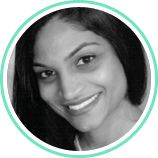
I reflect on the past year with mixed emotions: apprehension, gratitude, hope, disappointment, admiration, and, finally, cautious optimism. Overall, I admire how most of us have adapted for our safety and that of those around us.
At work, we have implemented numerous safety measures (slit lamp shields, HEPA filters, prescreening patients, and telemedicine options), some of which I hope are permanent. My favorite adaptation is the change in workflow. Instead of an assembly-line approach, our technicians have been retrained to care for a single patient from start to finish (ie, workup, imaging, scheduling, and closing encounters) to minimize the number of people each technician and each patient encounters. This has empowered the technicians, improved patient satisfaction and clinic flow, and decreased wait times.
Although I miss traveling to conferences, I am certain that virtual meetings will remain a part of our professional world, especially in a small group setting (ie, research, committee, or faculty meetings), because they are convenient, (mostly) efficient, and inexpensive.
The changes to my personal life have been more drastic. In 2019, my family and I went on three international adventures and countless domestic ones. I didn’t think it would be possible to spend an entire year within a 200-mile radius of our home and feel fulfilled. I have been reminded, however, that what gave me the greatest joy while traveling was uninterrupted time with my family. With extra time at home, I have been able to truly appreciate the transformation of my baby into an intelligent, caring, and predictably unpredictable toddler. We are now aware of every nearby hiking destination, and we often run out of books to read and stickers to peel. We miss seeing our family and friends tremendously, but we talk to them more often than ever using virtual platforms.
Thanks to online grocery deliveries, we are actually planning meals. It is now quicker to whip up an Instant Pot meal than to order takeout. Although I have spent less money on myself, I have become an enthusiastic online shopper at The Container Store, Ikea, and Home Depot. (It is surprising how much joy I get from reorganizing my home using clear plastic containers). In the process, we have donated countless items that we didn’t remember we had.
I long for travel, laughs over a glass of wine with friends, and a return to urban (ie, Yelp) exploration, but I expect to appreciate each of these privileges more when we transition to a new normal that includes prioritizing simple pleasures, organization, wellness, and quality of life.
Neda Shamie, MD
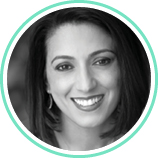
This was supposed to be our year—the year when every marketing campaign, meeting banner, and website update weaved 2020 into our mission of restoring vision. I was expecting to see examples such as “no better year to get LASIK than in 2020” and “Mrs. Jones, how about starting the year 2020 by shooting for 20/20 with your surgery?” How could we have imagined that the year would be defined instead by words like pandemic, unprecedented, and tragic? So, what lessons did the year teach us, and did we learn them?
Einstein once said, “In the midst of every crisis, lies great opportunity.” I think most of us would agree that 2020 gave us an opportunity to pause, think, and evolve. Six weeks without clinic, surgery, and travel allowed me to reflect and renew my connections with my family, my home, my goals, and myself. This time reinforced some things I already knew but sadly had not prioritized highly enough:
- Making dinner and sitting down together allows my family to communicate better. It enables us to share our day’s events and to take part in each other’s lives.
- My family’s home is our sanctuary. We used the time to organize and declutter inside and to tend to the gardens.
- A connection to others is precious, and it takes commitment. Gathering our tribe, be it 6 feet apart or via Zoom, strengthened my family’s connections with friends and relatives.
- My professional identity is not defined by how many meetings I attend or how many lectures I give but by how much value I bring to those meetings and how much I inspire those I teach. I’ve learned to appreciate these opportunities and to be selective by accepting only those to which I know I can offer my commitment and added value.
Ironically, quarantine brought me closer to the people, the goals, and the values that are most important to me. My experiences were defined by quality and not quantity. 2020 was the year of the ophthalmologist after all because it brought clarity to our collective vision of a life truly cherished.

